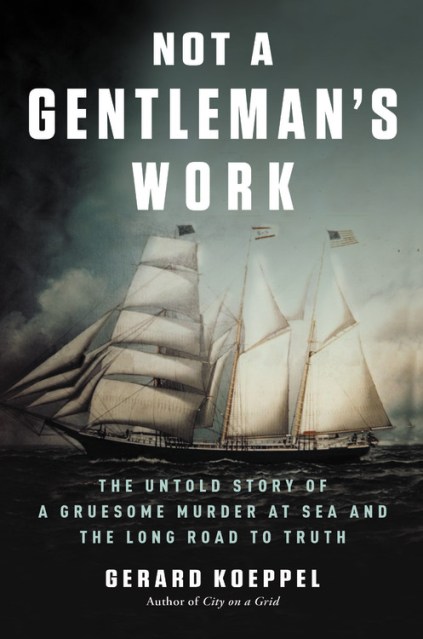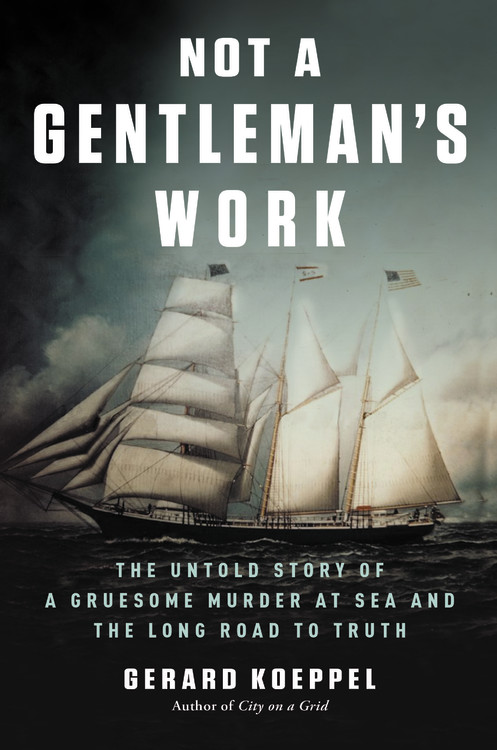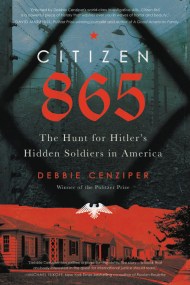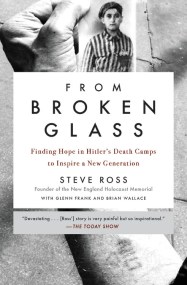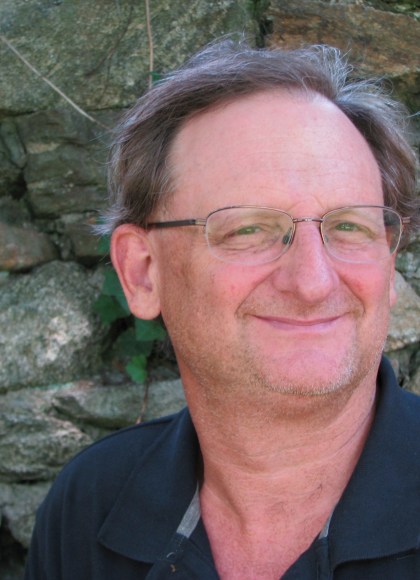Promotion
Use code MOM24 for 20% off site wide + free shipping over $45
Not a Gentleman's Work
The Untold Story of a Gruesome Murder at Sea and the Long Road to Truth
Contributors
Formats and Prices
Price
$28.00Price
$35.00 CADFormat
Format:
- Hardcover $28.00 $35.00 CAD
- ebook $14.99 $18.99 CAD
- Audiobook Download (Unabridged)
This item is a preorder. Your payment method will be charged immediately, and the product is expected to ship on or around June 16, 2020. This date is subject to change due to shipping delays beyond our control.
Also available from:
The true story of the most notorious crime in American nautical history — a uniquely grotesque triple murder — and the long journey to truth.
The Herbert Fuller, a three-masted sailing ship loaded with New England lumber, left Boston bound for Buenos Aires on July 8, 1896 with twelve people on board: captain and owner Charles Nash, his wife and childhood sweetheart Laura, two mates, the “mulatto” steward, six crewmen, and one passenger. Just before 2 A.M. on the sixth day at sea, the captain, his wife, and the second mate were slaughtered in their individual bunkrooms with the ship’s axe, seven or eight blows apiece. Laura Nash was found with her thin nightgown pushed above her hips, her head and upper body smashed and deformed. Incredibly, no one saw or heard the killings . . . except the killer.
After a harrowing voyage back to port for the survivors, the killer among them, it didn’t take long for Boston’s legal system to convict the first mate, a naturalized American of mixed blood from St. Kitts. But another man on board, a twenty-year-old Harvard passenger from a proper family, had his own dark secrets. Who was the real killer, and what became of these two men?
Not a Gentleman’s Work is the story of the fates of two vastly different men whose lives intersected briefly on one horrific voyage at sea — a story that reverberates with universal themes: inescapable terror, coerced confession, capital punishment, justice obscured by privilege, perseverance, redemption, and death by tortured soul.
Genre:
- On Sale
- Jun 16, 2020
- Page Count
- 240 pages
- Publisher
- Hachette Books
- ISBN-13
- 9780306903380
Newsletter Signup
By clicking ‘Sign Up,’ I acknowledge that I have read and agree to Hachette Book Group’s Privacy Policy and Terms of Use
